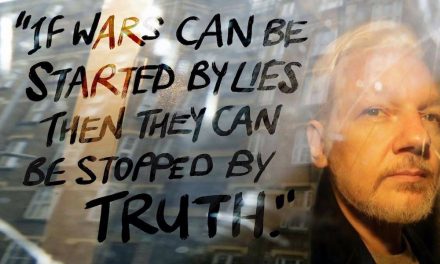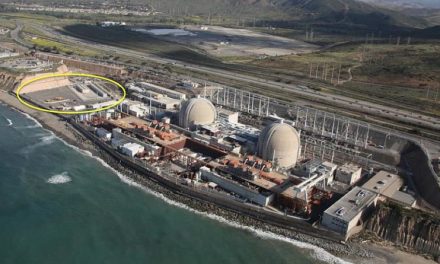Written by Jo Wills
What if we built our cities to illuminate the invisible? To give people choice, safety and inclusion? Those benefits would extend to everyone and we’d end up with a thriving, active and diverse environment.
Invisibility in terms of urban planning can take the shape of poverty or age, or even choice of transport. Often though, it’s not a choice. Cities are built in favour of those with money, physical mobility and cars. These are the people most visible in our societies and who our cities are designed for.
A city’s infrastructure includes housing, employment, transport and amenities. This is a complex system of spatial planning, but we keep getting it wrong. Emphasis is placed on growth and economic returns, while the essential outcomes of connectivity, equity and spatial justice are missed.
The typical urban growth model delivers glossy new homes in freshly dug urban sprawl accessible through a network of roads and serviced by shiny shopping complexes. This is reserved for those with choice. Those without will end up marooned and disadvantaged in over-priced, poorly maintained rental properties that are disconnected from amenities because the public transport system doesn’t deliver.
This methodology has become the default under the economic growth based model, with a singular goal of increasing GDP. It’s a lazy approach to where and how housing is built, as well as how transport systems are designed. It is where inclusivity, equity and diversity can be either realised or completely ignored.
One of the problems is that housing is a cash cow.
It’s a sector that gets away with low standards and poor outcomes under the safety net of short term economic growth. Yet the impacts of poor design, cheap materials, lazy construction and isolation are locked in for the lifespan of the house.
Efficiency isn’t built into every home; it’s a luxury only the wealthy can afford and even then, they sometimes don’t know to ask for those optional extras. The construction sector has convinced us they know best and will deliver our dream home. In contrast, ‘affordable homes’ are built to service the needs of those without choice or purchasing power (efficiency doesn’t make it into the specs), often on marginal land without proximity to essential services.
The result is neighbourhoods determined by wealth, with the invisible members of the community tucked away out of sight. Our neighbourhoods don’t support mixed typologies and tenures, nor diversity and accessibility. That doesn’t suit the development model, which accepts and encourages the goal of profit and return on investment over social sustainability.
Another problem is transport systems cost money to build.
The irony of building more roads in the usual sense (the ones designed for the movement of cars), is that the anticipated result is that more cars will use those roads. The transport models measure the resulting benefits for productivity and GDP from moving people and freight to places of employment and transit. What isn’t costed is the contribution those same roads will make to carbon emissions and congestion, which will ultimately lead the cry for more roads to ease the traffic. This is a system failure.
There is another way. Instead of building roads to move cars, they could be built to connect people. This is more than semantics. The default option for those with choice of transport (a car) is to use it, every time, if there are no other viable options. The default for those without choice is in many cases, to simply not travel. This can lead to a loss of connectivity, wellbeing and employment.
Transport systems should, by design, prioritise choice for everyone and the provision of that choice should be linked directly to good environmental outcomes. This doesn’t mean intentionally disadvantaging those in private vehicles, but it does mean a profound shift in the current thinking applied to the design and purpose of transport systems.
This raises the question of access by proximity, which is the urban planning gold standard. Access by proximity prioritises the mobility and connectivity of people on foot, mobility aids and bike, as well as localised public transport to fulfil daily needs. The network is safe, continuous, direct, inclusive and enjoyable. Yes enjoyable. Spatial justice is realised by giving people space that would be otherwise given to the movement and storage of vehicles.
There is a bizarre perception held by many that car parks outside of shops equals good business. Never in my life have I seen a car make a purchase. I say, with over ten years’ experience in retail, that we’ll have a good day when we see people on the pavement. The transport system in the local town or city dictates how those people get there. If a car wasn’t required because a more convenient choice was available, they’ll still come to the shops. It’s not the cars that retail and hospitality wants, it’s the people.
Designing a city, its housing and transport system around connectivity, inclusivity and equity will benefit all. This is a confronting thought for those who have benefited from the power imbalance of the status quo.
Investors will need to shift their model from ‘luxury townhouses’ to ‘creating communities’. Local government policies will need to include social and environmental outcomes. People with choice will need to be open to neighbourhoods where not everyone looks like them.
There are some significant step changes needed to put people first, but it can be done.















